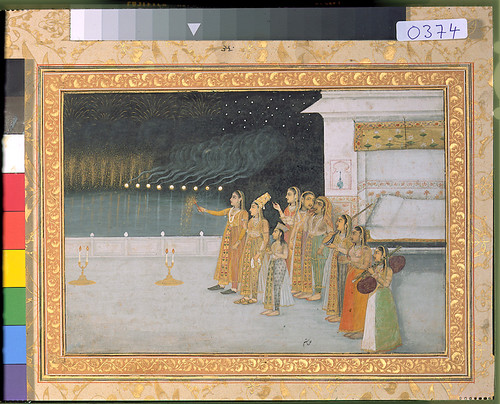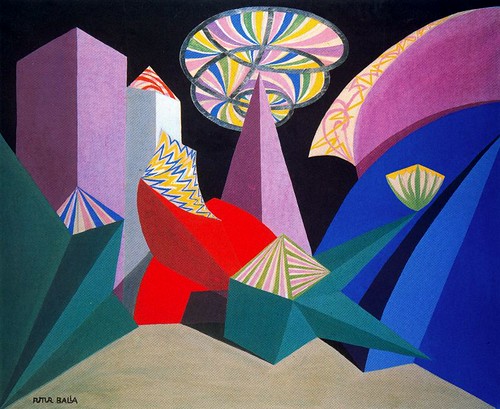Cultural Fireworks
Feeling a little cultural today, led me to explore the history of fireworks in famous paintings.
As far back as 1700’s fireworks had captured the imagination of kings and queens, poets, and especially artists.
Oswald Achenbach born in Dusseldorf, on 2nd February 1827 was one such visionary. Being an influential landscape painter, this later in life, led him to become Professor of Landscape Painting in Düsseldorf. With his eye for the bright and bold, and technique of depicting rich and glowing effects of colour, fireworks would have been something he wanted to portray, and this led him in 1875 to the bay of Naples where he captured this firework celebration. His work can be seen at most of the important German galleries of modern art.
Going back a little Further in time to around the 2nd quarter of the 18th century sees a different style of painting, partly due to colours being less vivid and partly due to the styles of the time.
This painting by the Persian Nader Shah, shows a Mughal princess and her attendants celebrating with what could be the first painting of sparklers, to celebrate a Muslim festival possibly Shab-e-Bara or Diwali. The style of the artist depicts opulence and a carefree attitude towards life. Painted shortly before the downfall of the Mughal capital at Delhi in 1739
We now jump forward in time to 1916, when a new style, Influenced by Filippo Tommaso Marinetti was the rage around Rome.
Giacomo Balla the son of an industrial chemist, started working at the age of nine (times were hard then) working for a local printer.
By 1916, now in his twenty’s Balla had now moved to Rome to become an illustrator and caricaturist, and painted the odd portrait, but soon followed the new futurist style of painting. Creating a pictorial depiction of light, movement and speed as seen below.
In 1899 his work was shown at the Venice Biennale, followed by major Italian exhibitions in Rome and Venice, also in Munich, Berlin and Düsseldorf in Germany as well as at the Salon d'Automne in Paris possibly the highlight of his career. By the end of the first world war, the style was in decline. In 1935 Giacomo Balla was made a member of Rome's Accademia di San Luca, possibly the highlight of his career.

![Oswald Achenbach - Fireworks in Naples [1875]](https://farm5.staticflickr.com/4133/4833823462_08ba07cbb7.jpg)

